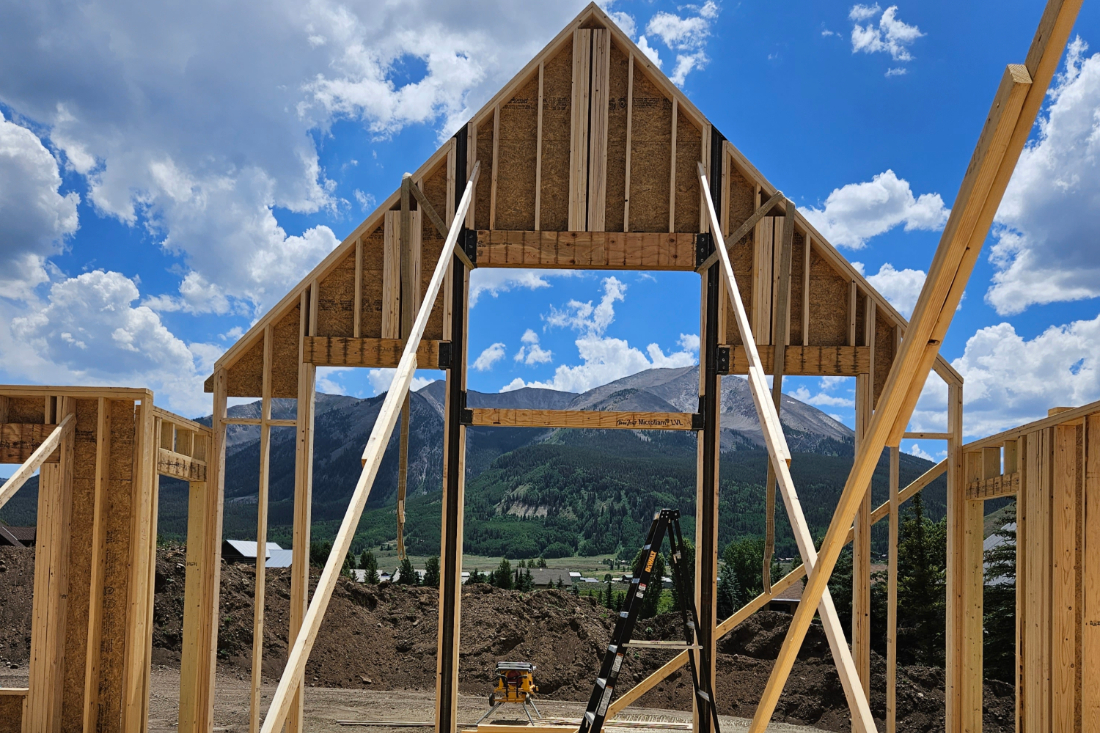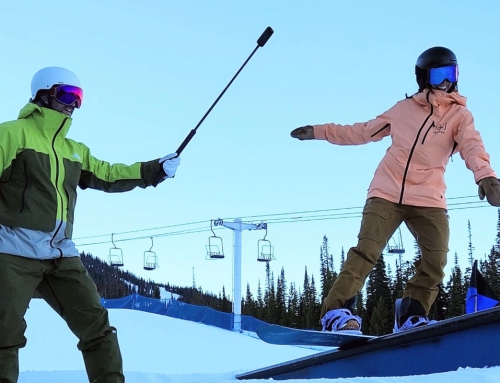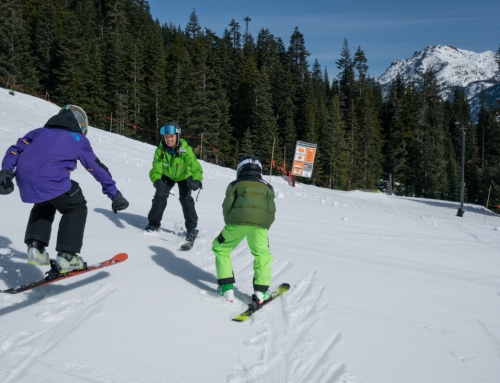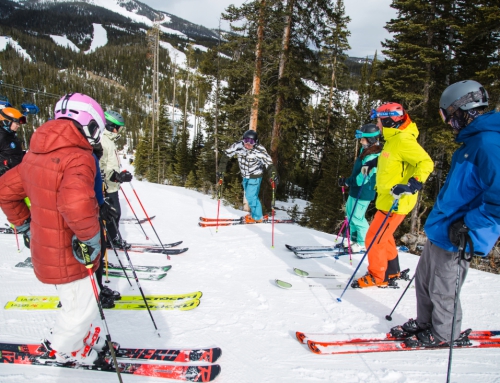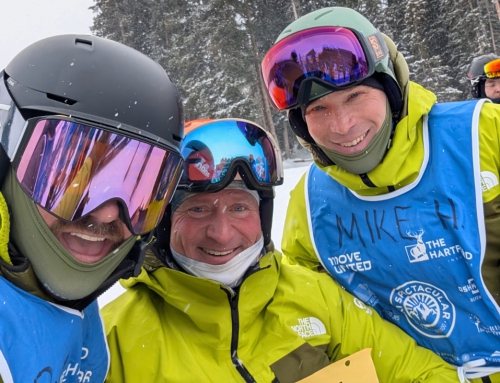Dusty Dyar’s Top Offseason Workout? Building Houses
PSIA-AASI National Team members have covered a lot of interesting methods that they use to stay active in the offseason.
And while PSIA Alpine Team member Dusty Dyar and his family are always ready to go dirt biking, his day job as a builder keeps him in top physical and mental ski shape.
For additional offseason workout insights, check out the entire collection of posts from the PSIA-AASI National Team.
Q: What’s your go-to offseason workout or outdoor sport, and why is it what you like to do?
A: Throughout the summer I tend to be pretty diversified in my activities and workouts. My occupation, framing homes and carpentry, keeps me very active maintaining a base fitness level. I have a partner and the pair of us do all the framing and timberwork to build a custom home each summer. I like the framing and timberwork side of carpentry because of the production and physical nature of it. The timberwork blends the size and strength for structure and the detail of trim work.
I also play in the mountains around Crested Butte with my family doing all the traditional mountain activities: cross country and downhill mountain biking, hiking, and paddleboarding. Of the activities my family do, most of my attention is focused on our dirt bikes. We ride almost all year, sneaking into the desert in the spring and fall. But my true passion is to chase singletrack deep into the backcountry.
Q: Do you teach or compete in this sport, or has it led to any great adventures around the world?
A: Like many instructors who share skiing and riding with their children, I have the opportunity to share dirt biking with my kids. My entire family competes in offroad racing and my kids occasionally compete in motorcross. Having a full schedule of races, I rely heavily on my education through instruction to develop my kids’ moto skills. We travel throughout the Rocky Mountain region – Colorado, Wyoming, Utah, New Mexico – as well as Nebraska, Texas, and Oklahoma.
Q: How does building help you set, train for, and reach new goals?
A: Not that carpentry is a sport, but similar to snowsports, I physically manipulate tools and materials to create outcomes. I find this builds the mental and physical connections to be proactive instead of reactive. While framing, I’m often carrying heavy materials around an uneven jobsite and up and down ladders. Along with the strength to pick up, carry, and manage my balance as I move wood and timbers into position, it’s great training controlling a dynamic center of mass.
Q: How do you plan a day?
A: Some crossover from framing to instruction also includes goal and objective setting. From planning each day to each week to each month. Setting realistic expectations for accomplishments definitely helps manage emotions and attitudes for myself and my client. While I’m framing, I consistently need to be planning for what’s coming up next so I can order materials that are not always in stock or need to be fabricated, such as cabinets and windows, and then shipped.
Q: How do you problem-solve while on the job?
A: One aspect of construction that keeps me engaged and motivated to continue working hard is that each project is a new puzzle to solve. Figuring out how all the design features are going to fit with the structural requirements, for instance. This is especially true when most of the timbers are large and strong, but the engineers often want steel beams to help support the structure too.
The problem is that there’s typically not enough space for the steel and timber, so working with the engineers and designers, as well as modifying the materials, like carving out the timber like a canoe to fit the steel inside so the designer and engineer both get what they want. This is pretty similar to instruction. In all my years coaching, I’ve never had two people who are the same. I’ve seen a lot of similarities, but we each have or need something unique that needs to be addressed and gives instructors the opportunity to solve each person’s puzzle.
Q: What can you take away that translates directly to your time on snow?
A: The balance. Directly transporting the pieces of framing up ladders and installing them improves my ability to balance on skis. The materials change where the center of mass is, and I need to compensate how I’m aligning over my feet on the ladder. This activates my core and leg muscles to move and maintain positions. These same muscles move and maintain my alignment while skiing.
Q: Do you get a sense of satisfaction with a job well-done?
A: I find that the sense of accomplishment many of us have when teaching and when our students achieve goals are very similar to creating a home and having a quality product for someone.
***
Teaching snowsports requires year-round physical preparation. To help keep your edge during the summer and throughout the year, pick up your copy of Fitness for Skiing and Snowboarding.

